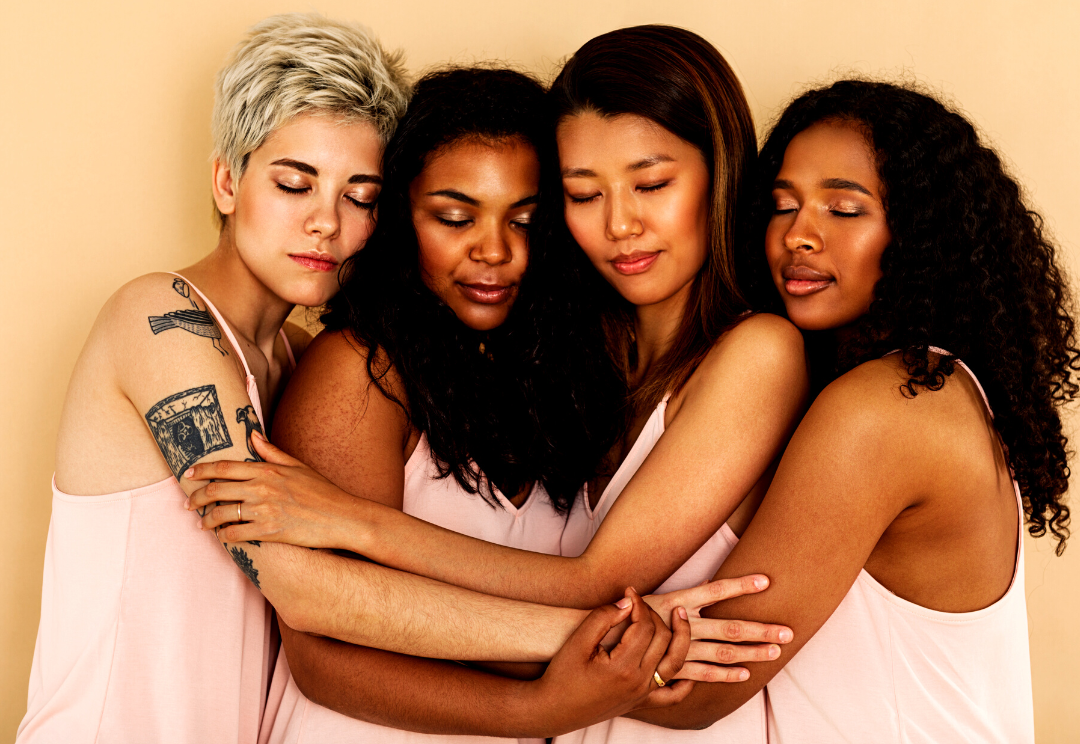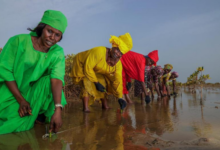The world is failing girls and women, new UN report says

Despite global efforts, the world is falling short of achieving gender equality. This year’s edition of the UN Women and UN DESA “Progress on the Sustainable Development Goals: The gender snapshot 2023”, paints a worrisome picture halfway through the 2030 Agenda for Sustainable Development.
“The gender snapshot 2023” warns that, if current trends continue, more than 340 million women and girls – an estimated 8 per cent of the world’s female population – will live in extreme poverty by 2030, and close to one in four will experience moderate or severe food insecurity. The gender gap in power and leadership positions remains entrenched, and, at the current rate of progress, the next generation of women will still spend on average 2.3 more hours per day on unpaid care and domestic work than men.
The annual publication provides a comprehensive analysis of the current state of gender equality across all 17 Sustainable Development Goals (SDGs) and highlights prevailing trends, gaps, and recent setbacks on the journey towards achieving gender equality by 2030.
This year’s report includes sex-disaggregated data on the intersections of gender and climate change for the first time, and projects that by mid-century, under a worst-case climate scenario, climate change may push up to 158.3 million more women and girls into poverty (16 million more than the total number of men and boys).
Ms. Sarah Hendriks, UN Women Deputy Executive Director, ad interim, said: “In this critical midpoint moment for the SDGs, this year’s report is a resounding call to action. We must collectively and intentionally act now to course-correct for a world where every woman and girl has equal rights, opportunities, and representation. To achieve this, we need unwavering commitment, innovative solutions, and collaboration across all sectors and stakeholders.”
With a special focus this year on older women, the report finds that older women face higher rates of poverty and violence than older men. In 28 of the 116 countries with data, fewer than half of older women have a pension; in 12 countries fewer than 10 per cent had access to a pension. Halfway to 2030, progress on SDG 5—gender equality—is clearly way off track. The report shows that the world is failing women and girls with a mere two Goal 5 indicators being “close to target” and no SDG 5 indicator at the “target met or almost met” level.
“The gender snapshot 2023” underscores the urgent need for concrete efforts to accelerate progress towards gender equality by 2030, revealing that an additional USD 360 billion per year is needed to achieve gender equality and women’s empowerment across key global goals. The report also includes calls for an integrated and holistic approach, greater collaboration among stakeholders, sustained funding, and policy actions to address gender disparities and empower women and girls worldwide, concluding that failure to prioritize gender equality now could jeopardize the entire 2030 Agenda for Sustainable Development.
“Gender equality is not just a goal within the 2030 Agenda,” said Maria-Francesca Spatolisano, Assistant Secretary-General for Policy Coordination and Inter-Agency Affairs of UN DESA. “It is the very foundation of a fair society, and a goal upon which all other goals must stand. By breaking down the barriers that have hindered the full participation of women and girls in every aspect of society, we unleash the untapped potential that can drive progress and prosperity for all.”
Further facts and figures highlighted in the report include:
- Under a worst-case climate scenario, food insecurity is projected to affect as many as 236 million more women and girls, compared to 131 million more men and boys, due to climate change.
- No country is within reach of eradicating intimate partner violence, and only 27 countries have comprehensive systems to track and make budgetary allocations for gender equality and women’s empowerment.
- The number of women and girls in conflict-affected contexts has risen significantly, with catastrophic consequences. In 2022, the number of women and girls living in such contexts reached 614 million, 50 per cent higher than the number in 2017.
- Globally, at current rates of progress, an estimated 110 million girls and young women will be out of school in 2030.
- The labour and earnings gap remains persistently high. For each dollar men earn in labour income globally, women earn only 51 cents. Only 61.4 per cent of prime working age women are in the labour force, compared to 90 per cent of prime working age men.
Download and read the full report here.
Like and follow us on Facebook and Twitter to ensure you don’t miss out on future updates from us. Send tips to editor@theflipside.co.ke









